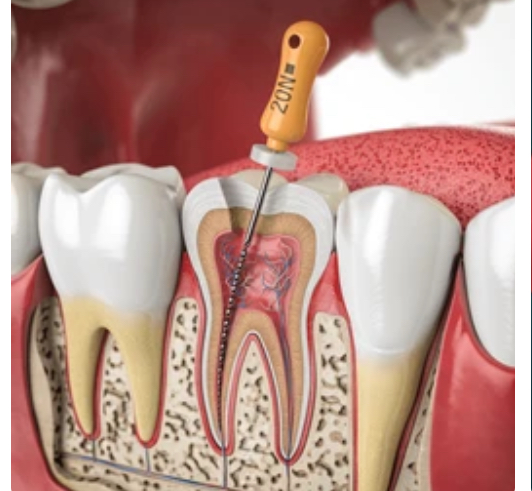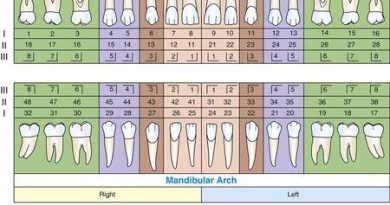Root Canal Explained| What Is
A root canal, often a source of anxiety for many, is a common and highly effective dental
procedure designed to save a tooth that has become infected or severely inflamed. To
understand the process, it’s crucial to first understand the anatomy of a tooth.
The Anatomy of a Tooth:
● Enamel: The hard, outer layer that protects the tooth.
● Dentin: A layer beneath the enamel that contains tiny tubes connecting to the pulp.
● Pulp: The soft tissue in the center of the tooth, containing nerves, blood vessels, and
connective tissue. This pulp extends from the crown of the tooth down to the root tips.
When the pulp becomes infected or inflamed, often due to deep decay, a cracked tooth, or a
repeated dental procedure, a root canal becomes necessary. Without treatment, the infection
can spread, leading to pain, an abscess, and even bone loss.
The Root Canal Procedure:
Here’s a detailed breakdown of what a root canal involves:
- Anesthesia:
○ The dentist or endodontist (a root canal specialist) begins by administering local
anesthesia to numb the tooth and surrounding area. This ensures a comfortable,
pain-free experience. - Isolation:
○ A dental dam, a thin rubber sheet, is placed over the tooth to isolate it and keep it
clean and dry during the procedure. This prevents saliva and bacteria from entering
the open tooth. - Access Opening:
○ The dentist creates a small opening in the crown of the tooth to access the pulp
chamber. - Pulp Removal:
○ Using specialized, very small instruments, the dentist carefully removes the infected
or inflamed pulp from the pulp chamber and root canals. - Cleaning and Shaping:
○ The root canals are then thoroughly cleaned and shaped. This involves using small
files and irrigating solutions to remove debris and bacteria and create a smooth,
consistent shape for the filling material. - Filling and Sealing:
○ Once the canals are clean and shaped, they are filled with a biocompatible material,
typically gutta-percha, a rubber-like substance. This material seals the canals,
preventing future infection. - Restoration:
○ Finally, the opening in the tooth is sealed with a temporary or permanent filling. In
many cases, a crown is recommended to provide additional strength and protection
to the tooth, especially if it has been weakened by decay or the root canal
procedure.
After the Procedure:
● It’s normal to experience some mild discomfort or sensitivity for a few days after a root
canal. Over-the-counter pain medication can usually manage this.
● Proper oral hygiene, including regular brushing and flossing, is essential to maintain the
health of the treated tooth.
● It is important to follow up with your dentist to ensure proper healing, and to have a crown
placed if that is the recommended treatment.
In essence, a root canal is a meticulous procedure designed to eliminate infection and save a natural tooth. With modern techniques and anesthesia, it’s a relatively comfortable process that can provide long-lasting relief and preserve your smile.



